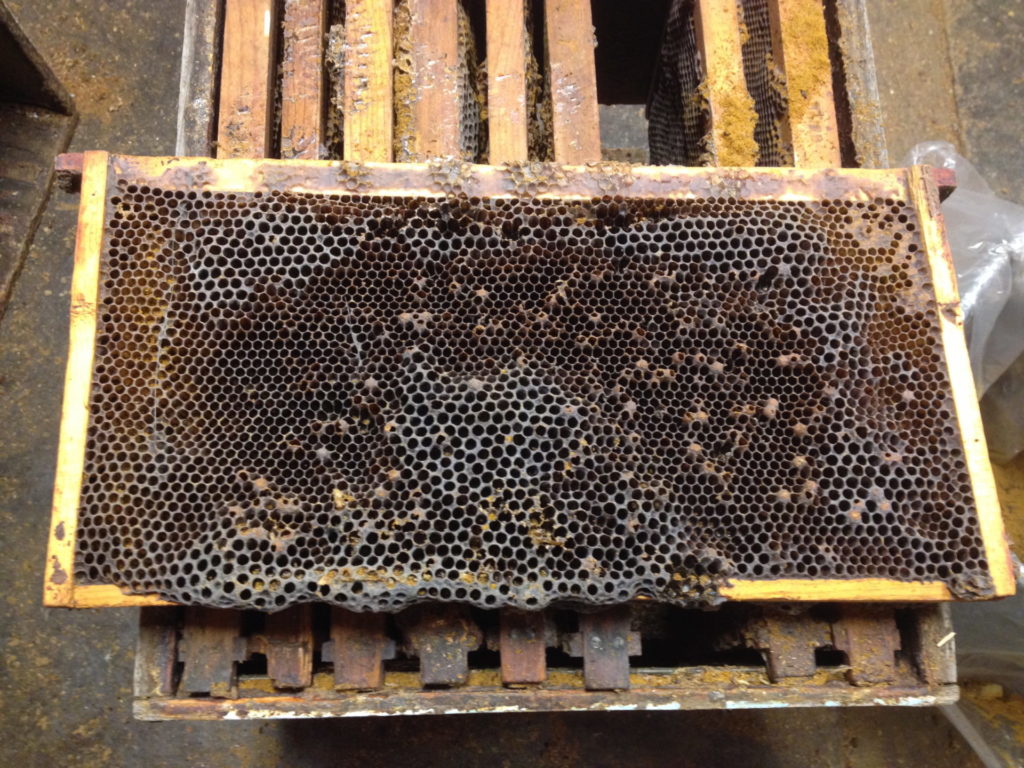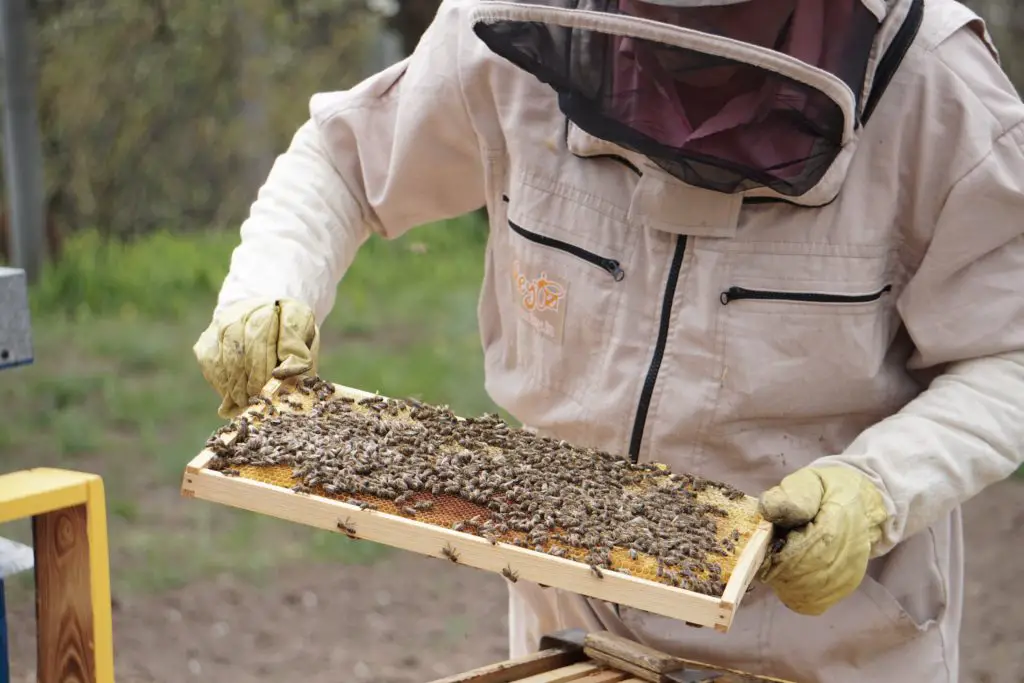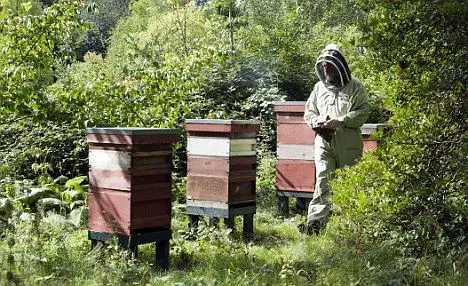Affiliate Disclaimer - As an Amazon Associate I earn from qualifying purchases.
It supports the website. So, Thank you
The last thing that any beekeeper wants is to discover that their hive has died. Sadly for a lot of beekeepers, both newbies and seasoned pros, this is something that is relatively common. But this will leave you wondering what to do next and what to do with an abandoned beehive.
If the beehive looks as though it can be restored and used again then you may be able to clean it and start over. However, in some cases, all is lost so you’ll need to salvage as many parts as you can and use them elsewhere.
Try not to be disheartened if you find an abandoned or dead hive; unfortunately, it happens. But this guide will help you to recover and get on your way to housing a thriving colony once again.
Table of Contents
Why Do Dead Bee Hives Happen?
As a beekeeper, you are going to experience a dead hive at some point in your career. This is often something of a learning curve for new beekeepers. Understanding why this may have happened in the first place can help you avoid problems in the future.
One of the things that you will need to stay on top of as a beekeeper is inspecting your hives. Now, you don’t want to go poking your nose in there every day as this is only going to upset the bees. However, you will need to make sure to regularly check (around once a week in the summer) the hives for anything that might be a concern. That said, even when you do this, you may stumble upon a problem that can’t be rectified so do keep this in mind.
Many beekeepers neglect to notice issues during winter but this is often through no fault of their own. We avoid opening the beehives as much during winter so that these cold-blooded animals don’t lose heat. However, checking less often does mean that there is more chance for problems to go unnoticed.
That said, you can still check on the bees in winter without actually having to open the hive. You can do this by putting your ear against the back of the hive. Give the wall a tap and see what you hear; if the bees give an audible buzz, you can be pretty confident that everything is OK in there.
A lot of people make the mistake of assuming that bee activity at the front of the hive means that there aren’t any problems. But you shouldn’t rely on this method as it could be a group of robber bees clearing out the hive as opposed to your own bees.
The First Thing You Should Do After Finding An Abandoned Hive – The Autopsy
If you have been unfortunate enough to discover a dead or abandoned beehive then this can be upsetting. However, you can take some positives from this by inspecting the hive and performing a kind of hive autopsy to see what the issue was. By doing this, you’re educating yourself and can come up with ways to avoid similar issues in the future.
How Many Bees Are Left Behind?
What you find may differ according to what’s happening. Sometimes, you will find a hive filled with dead bees which can be difficult to see. Other times, you might find that the hive has been totally abandoned and is empty. However, it is most common to find a cluster of deceased bees facing into the comb.
If this happens, it could be that the bees starved. A good way to determine this is by looking at the available nearby food sources. If there aren’t any then it’s a good indicator that the bees starved.
However, if the cluster of bees is quite small, this could be an indicator that they were not able to create enough heat and they died from being too cold.
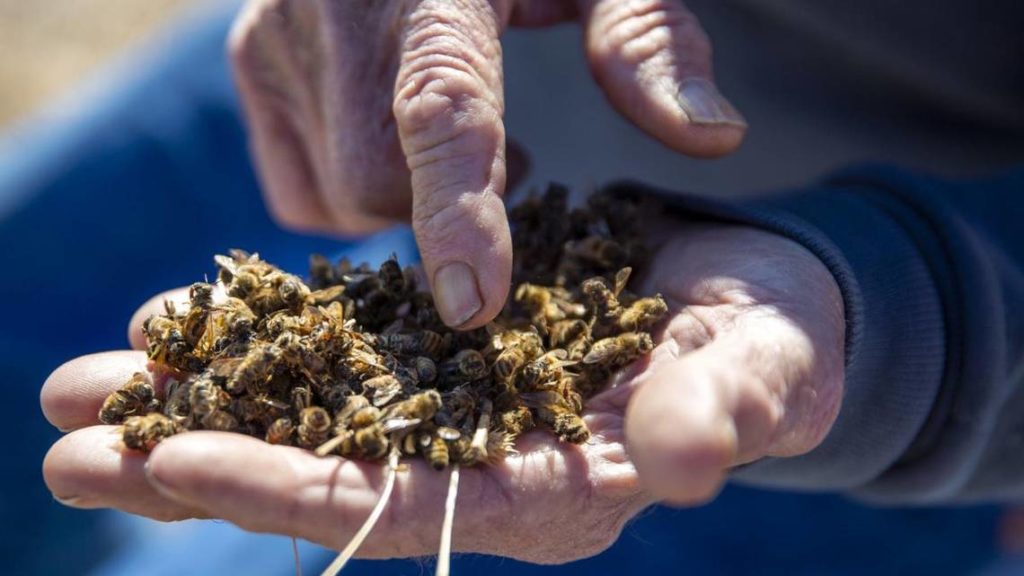
Disease
It isn’t hugely common for an entire hive to die because of disease but it’s certainly not an impossibility. There are a lot of bee viruses that you wouldn’t pick up on unless you have a science lab in your garden shed. For this reason, a lot of beekeepers will send samples off to the lab for testing after an incident to determine if a disease was the cause of the problem.
However, there is one disease that can be incredibly serious called American Foul Brood and while it is serious, there might be some signs that your hive is infected. These might include uncapped cells with dead or dying larvae. You won’t be able to cure the disease, but you can contact the state who will help to destroy the colony as the disease can quickly spread to nearby hives.
Check The Bottom Board
It’s really important to check the bottom board of your hive as this could give clues that other animals have impacted the hive. For example, if you see mice droppings this could explain why the entire colony has fled.
You might also check to see if there are any dead bees at the bottom of the hive as this could signal that mite control wasn’t successful. You’ll be able to tell this as the dead bees will likely be deformed or have shrivelled wings. You may also be able to see dead mites which is a key giveaway.
The problem is that, even when there is an infestation of mites, the colony might seem to be perfectly healthy, until it is too late so there’s really nothing you could have done. It’s just nature taking its course.
Beetles
When checking the hive, you might notice hive beetles. If they are responsible for the death of the hive then you’ll likely notice a lot of beetle larvae within the combs. This typically happens in warm weather so if the hive was abandoned or died in summer, it’s likely that beetles were to blame.

Don’t Blame Wax Moths
There have been swarms of beekeepers that have blamed wax moths for the death of a hive. But this is very unlikely to have been the case since wax moths are actually beneficial to your hive. They’ll keep it clean and are very unlikely to do any damage. So even if you find dead wax moth larvae among the debris, you shouldn’t assume that this is the root of the problem.
In a healthy bee colony, moths will be evicted. However, if the hive is weak, the bees may struggle to do this so while the moths aren’t to blame, there was likely a reason that the bees couldn’t handle the issue by themselves.
Moving On – Cleaning The Hive
Once you have determined the cause of the death of the hive, which may not always happen, it’s time to move on to cleaning. In some cases, the clean-up operation might not be too trying whereas in other situations, you may have your work cut out.
For example, if there is any suspicion of AFB then you will need to totally destroy the hive and anything you used with it. This disease is incredibly contagious and will spread to nearby hives. If you attempt to use the hive for a new colony then you’ll probably experience the same issue again.
But if there wasn’t any disease, then you should be able to salvage quite a bit and try again with a new colony.
Salvaging Comb
One of the first things that most people want to do is salvage comb. If any frames have a lot of damage, perhaps from beetles or moths then you will need to get rid of them. A small amount of damage won’t be a problem as your next colony will fix that.
If there is any very dark comb then this will also need to be removed and discarded. As long as the frames are intact, there’s no need to replace them.
It takes bees a lot of energy to make a comb so there’s very little point in throwing out a good quality comb if you’re looking to move a new colony in. However, until you get the new colony, you will want to protect the comb as it will be prone to moth damage, especially over the summer. To protect it, you can freeze it for a few days and this will also kill off any eggs previously laid by pests. After this, store it somewhere that moths and other pests cannot get into until you’re ready to use it again.
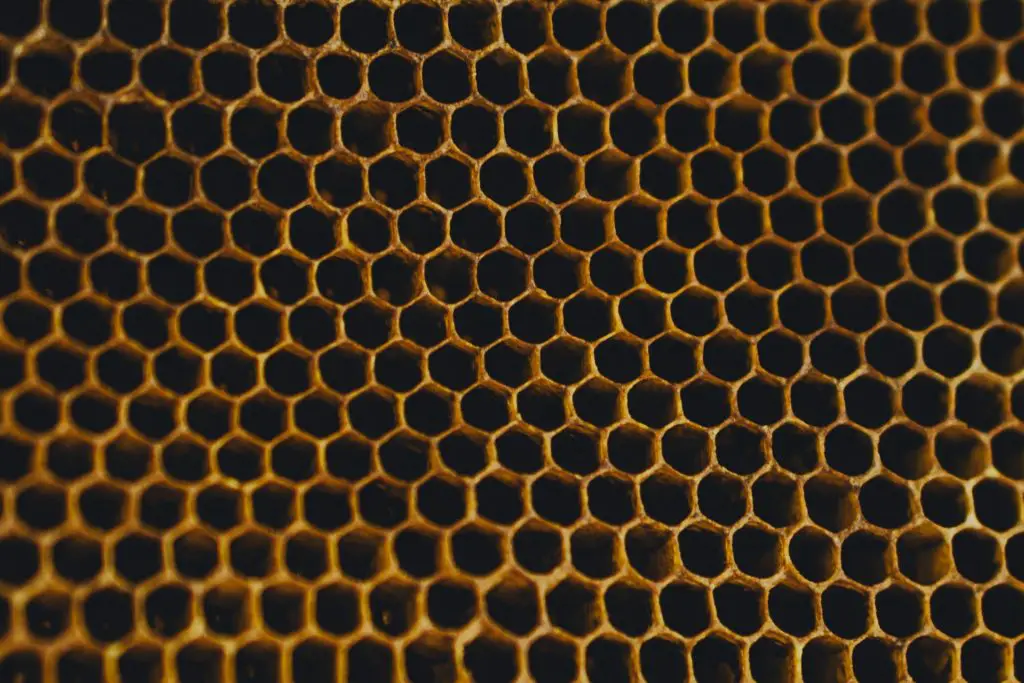
Getting Rid Of Dead Bees
You will need to remove any dead bees as soon as possible. It’s also worth noting that these dead bees attract robber bees who come to collect any leftover honey. The problem with this is that, if they are infected with disease, this could spread to your hive.
You may find a lot of dead bees in the comb but that doesn’t mean that you have to get rid of it. Removing the bees from the comb can be relatively simple and there are a few ways to do this.
Compressed Air
An effective way to remove dead bees from the comb is to use an air compressor. You’ll need to make sure it’s on a low-pressure setting so as not to damage the comb and keep the air jet as far away from the comb as possible while still removing the bees.
Bump The Comb
It is possible to physically knock the dead bees out of the comb by bumping it onto an empty box. You will need to be relatively forceful but gentle at the same time so as not to cause any damage. If you have the frame horizontally over the empty box and tap it on, the bees will fall directly inside.
Let Bees Do What Bees Do Best
If you have other hives then you could simply put the comb into one of these and allow the bees to get to work. They will clear out any dead bees as they won’t want the mess. It’s a well-known fact that honey bees are very clean animals so they’ll soon sort out the problem and reuse the comb.
However, do keep in mind that you should only ever use this method if there is no chance of spreading diseases.
Can I Use Tweezers?
You might think that using a set of tweezers to pull the dead bees out of the comb individually would be effective. However, the issue with this is that there is a large chance of tearing the bees in half so you won’t be able to remove everything. What’s more, this would be an incredibly time-consuming method so it’s not the best choice.
Ways To Prevent Future Problems
As we discussed earlier, one of the best ways to avoid problems with abandoned or dead hives is to regularly inspect them. But there are a few other things you might want to consider to ensure the best health for your hive.
- If you are having problems with pests in your beehives then it can be tempting to grab the first pesticide you come across. But not all of them are approved for use around honey bees so you must choose one that is. Moreover, even bee-approved pesticides can cause problems when they’re overused so only use them when it’s absolutely necessary.
- Essential oils come in handy in so many situations including beekeeping. They can be used to keep beetles and mites at bay as well as to deal with their eggs. However, you should again make sure that the oils you choose are suitable for use with bees.
- You can buy pest traps which will help to quell the number of things like moths and beetles.
Conclusion
It can be incredibly disheartening to find a dead or abandoned beehive but this is something that pretty much every beekeeper will experience at some point or another. But what do you do with an abandoned beehive?
One of the first things you’ll need to do is to inspect the hive to see what caused the bees to die or flee. Once you have established this, you can move on to either destroying or cleaning the hive. If the cause was a disease, you should destroy the hive, otherwise, you can clean it and reuse it.

